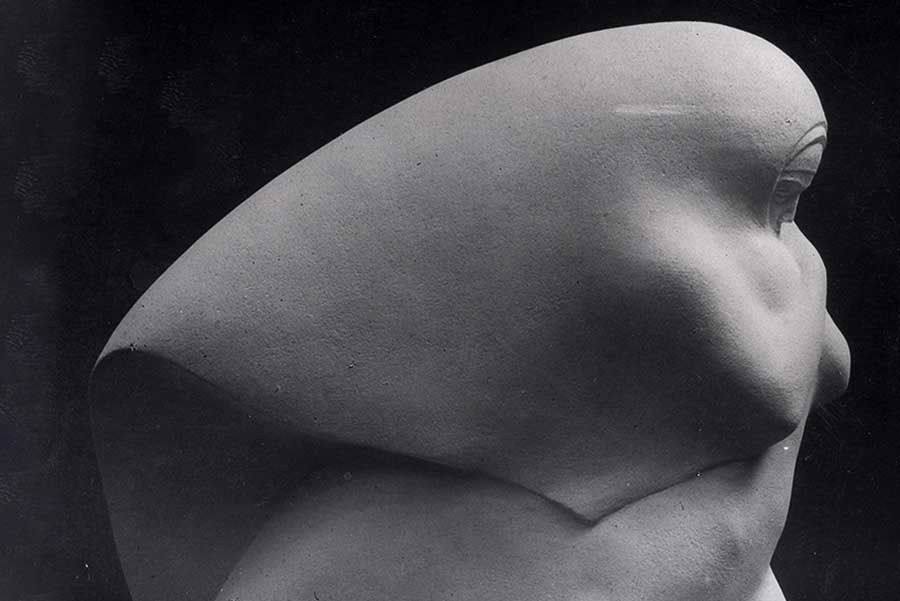Mahmoud Mukhtar’s Khamasin:
Scuplture in Modern Egypt
Alex Dika Seggerman
Synopsis:
This presentation discusses the rise of the Egyptian modern fine arts movement in the early 20th century through a close look at a sculpture by Egypt’s most renowned modern sculptor, Mahmoud Mukhtar (1891‒1934). Entitled “Khamasin,” the work depicts a woman walking into a sand storm (khamasin), her headscarf and robe billowing behind her. It also brings together nationalist Egyptian symbols as well as European avant-garde sculptural styles and techniques.
References:
Abū Ghāzī, Badr al-Dīn. Al-Maththāl Mukhtār. Cairo: al-Dār al-Qawmīyah lil-Ṭibāʻah wa-al-Nashr, 1964. ![]()
Abū Ghāzī, Badr al-Dīn, and Gabriel Boctor. Mouktar, ou le reveil de l’Égypte. Cairo: Impr. de H. Urwand, 1949. ![]()
Baron, Beth. Egypt as a Woman: Nationalism, Gender, and Politics. Berkeley: University of California Press, 2005. ![]()
Colla, Elliott. Conflicted Antiquities: Egyptology, Egyptomania, Egyptian Modernity. Durham, NC: Duke University Press, 2007. ![]()
Seggerman, Alex Dika. Modernism on the Nile: Art in Egypt between the Islamic and the Contemporary. Chapel Hill: University of North Carolina Press, 2019. ![]()
Citation:
Alex Dika Seggerman, “Mahmoud Mukhtar’s Khamasin: Sculpture in Modern Egypt,” Khamseen: Islamic Art History Online, published 28 August 2020.

Alex Dika Seggerman is Associate Professor of Islamic Art History in the Department of Arts, Culture and Media at Rutgers University-Newark. She is the author of Modernism on the Nile: Art in Egypt between the Islamic and the Contemporary (UNC Press, 2019) and co-editor of Making Modernity in the Islamic Mediterranean (Indiana University Press, 2022).


